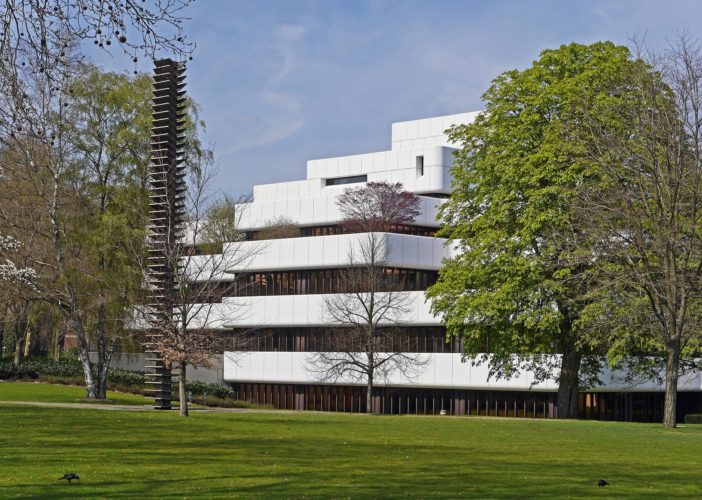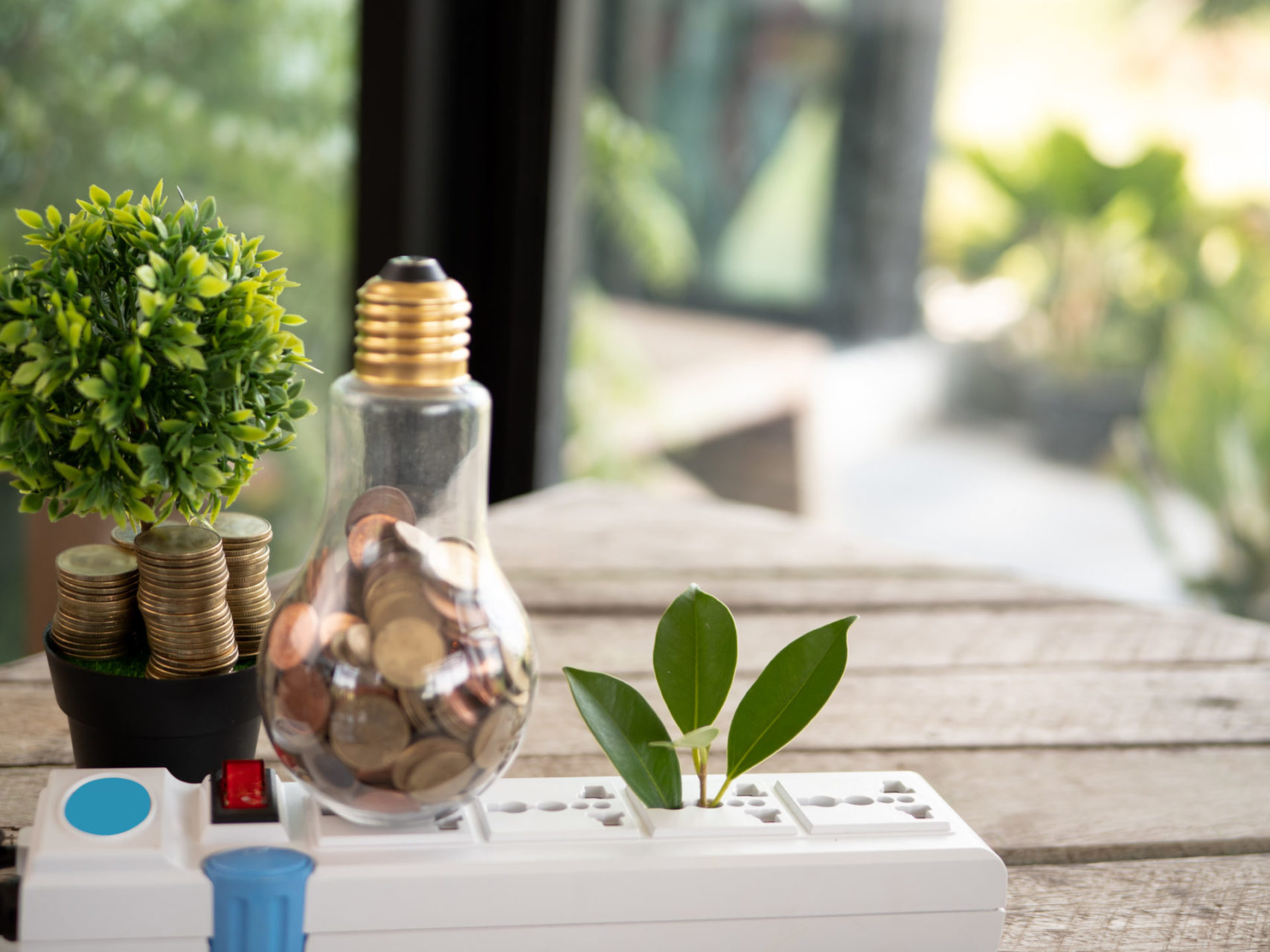French Tertiary Decree
How to achieve the goals
How to achieve the goals

Responsible for 45% of final energy consumption in France and more than 20% of greenhouse gas emissions, residential and tertiary buildings are the second most important energy consumption item in France, far ahead of transport and industry.
The tertiary sector alone accounts for ⅓ of this consumption: the energy renovation of this sector is therefore a decisive lever for achieving the European energy saving objectives.
The tertiary sector decree sets out the procedures for achieving these objectives in France.

The tertiary decree or “tertiary renovation decree” specifies the terms of application of Article 175 of the ÉLAN law (Evolution of Housing, Development and the Digital Economy).
This article sets out the procedures for implementing the obligation to reduce the energy consumption of the French tertiary sector.
All buildings, parts of buildings or groups of buildings housing tertiary activities in the public sector and in the sector with a building area of 1,000 m² or more.
This includes:
The tertiary decree imposes targets for reducing the energy consumption of tertiary buildings by:
in relation to a reference year of their choice between 2010 and 2019 (relative value method).
or
the achievement of a final energy consumption threshold, expressed in absolute value (in kWh/m²/year) and defined for each type of building (absolute value method).
To achieve these objectives, several levers of action can be activated such as:

Controlling energy consumption with IoT

Setting up / optimising your building management system (BMS)

Carry out work to improve the ecological footprint of your building

Raising awareness and adapting the behaviour of occupants

There are many sources of consumption in a tertiary building. In order to meet the requirements of the tertiary sector decree, the challenge is to identify these sources of consumption and to implement tools that enable them to be recorded and analysed. Then to find solutions to optimise them.
Thanks to the IoT and connected devices, it is becoming easier to measure energy consumption and also to monitor the activity of a building or the proper functioning of its equipment, with the aim of making energy savings.

IoT sensors enable a multitude of use cases to be met by collecting data from:
By installing IoT sensors on water, gas or electricity meters, it becomes possible to monitor and analyse consumption. The data collected can be used to define ways of optimising the use of energy-consuming equipment.
An alert system also makes it possible to be informed in the event of so-called abnormal consumption.
As over-consumption is very often synonymous with leakage, the alert system enables rapid action to be taken to regulate the incident.
Another use case enabled by the IoT is brightness detection.
By installing these sensors it is then possible to know if lights are on in areas that are supposed to be empty, such as during the night for example.
The brightness can also be regulated according to the occupation of the rooms in order to reduce electricity consumption.
Similarly, the installation of a presence detector allows the heating to be adjusted according to the occupation of the rooms.
Air conditioning, ventilation and heating (HVAC) and refrigeration equipment are the most energy-intensive technical systems in a building.
It is therefore essential to look at their use when trying to reduce consumption.
Thanks to IoT sensors, it is possible to better control the operation of ventilation systems and adapt their use to the actual use of the building in order to consume more and less.

By installing a Building Management System (BMS) and making the best use of this equipment, a building can expect energy savings of 5 to 30%*.
Published in July 2020, the BACS decree requires managers of commercial buildings to install BMS systems by 1 January 2025. This decree is part of the government’s efforts to reduce energy consumption in the tertiary sector.
It concerns non-residential tertiary buildings, for which the heating or air conditioning system, whether or not combined with a ventilation system, has a nominal power of > 290Kw.
*https://www.alterea.fr/le-lab/actions-faciles-objectif-decret-tertiaire#:~:text=Le%20D%C3%A9cret%20Tertiaire%20oblige%20les,comprise%20entre%202010%20et%202019).
What is a BMS?
Building management systems allow the control and monitoring of various building equipment such as heating, ventilation or air conditioning, in an automated manner.

For example, by applying white paint to roofs, this will act as a reflector and reduce the amount of heat entering the building.
With this type of solution, building managers will be able to reduce the use of air-conditioning systems and therefore reduce their consumption and the energy impact of the building.
>>>Discover the example of Cool Roof

One of the first levers to reduce the energy consumption of a building is to apply the principles of energy sobriety.
This is based on the behaviour of users and aims to limit “superfluous” energy use. It is therefore important to make users aware of the right gestures to adopt in order to consume more efficiently (turning off lights, standby appliances, etc.). According to the Observatoire de l’Immobilier Durable (OID), raising occupants’ awareness of good practices can lead to a 10% to 20% reduction in consumption.
An example of an action that is easily achievable and has immediate benefits: reducing the temperature of radiators by 1 degree can reduce energy consumption by around 7% (source: Ademe).
10/06/2022
expertise to support you, from the diagnosis to the implementation of your solution
Subscribe to our newsletter!
Your e-mail address is only used to send you our newsletter and information about our company. You can unsubscribe at any time using the link included in each email.
